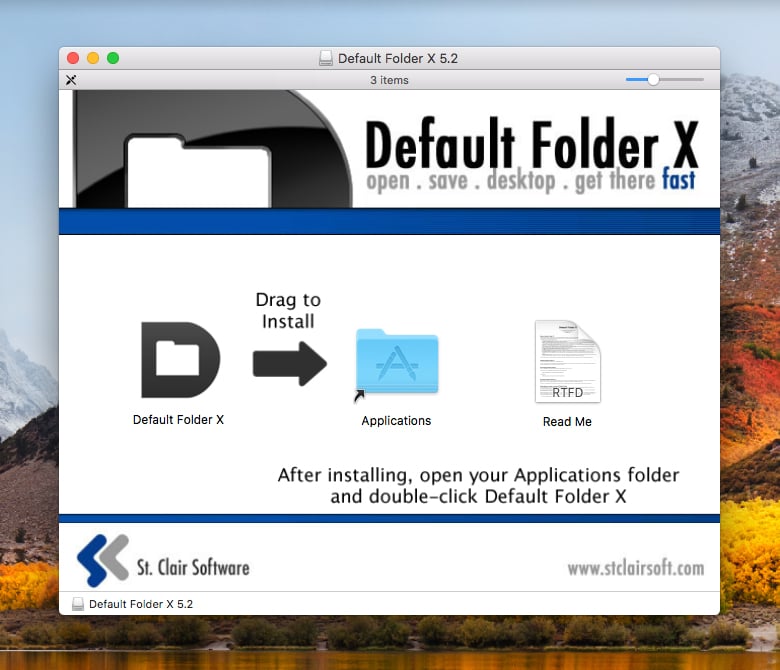Terminal User Guide

How to Run GUI Apps as root in Mac OS X Feb 6, 2013 - 10 Comments Those familiar with the command line know that running things with super user privileges is typically just a matter of using the sudo command.
You must be an administrator or root user, also called superuser, to execute many of the commands used to manage a server.
For example, if you’re not an administrator or a root user, entering the shutdown command gives you an error:

This is because the shutdown command can be run only by the root user or by an administrator user with root user privileges.
To run commands with superuser privileges, use the sudo command. sudo stands for superuser do.

The following example works on computers with macOS installed, so don’t run it unless you want to restart your computer:
% sudo shutdownYou’re asked for the password of the current user.
Only administrator users can use sudo. If you’re not logged in as an administrator, you can do so by entering the following command, where adminUsername is the name of an administrator user:
You’re asked to enter the password for adminUsername, after which a new shell is opened for that user.
Create Shortcut Run As Admin
If a command requires it, you can use su to switch to the root user. Under normal circumstances, you shouldn’t log in as the root user.
Important: If you use su to log in as the root user, be especially careful, because you have sufficient privileges to make changes that can cause your computer to stop working.